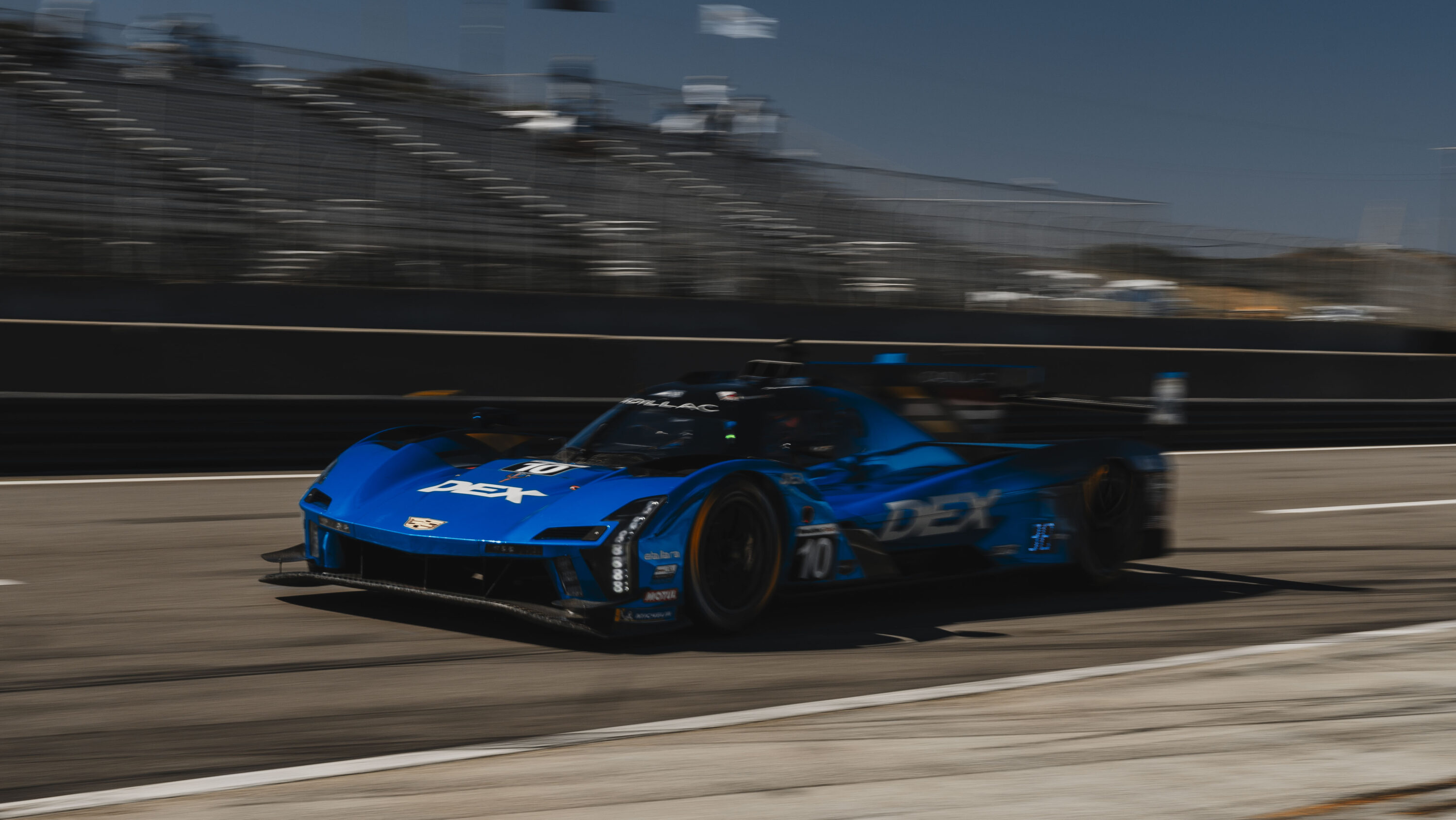Photo Credit: DAAR Creative | David Arellano
I am still learning.
Often attributed to Michelangelo, “Ancora imparo” is how I try to live my life.
It’s a reminder to be curious, ask questions, and grow. Roughly translated, it means, “I am still learning.” Interestingly, the need to remind himself and others of how important it is to stay open-minded and focused on learning is not something limited to the Renaissance great.
A growth mindset, as described by Dr. Carol Dweck, is the belief that abilities can be developed through effort and learning, whereas a fixed mindset is the belief that one’s abilities are innate and unchangeable.
As Dweck said in her 2003 book, Mindset, based on decades of research:
“The passion for stretching yourself and sticking to it, even (or especially) when it’s not going well, is the hallmark of the growth mindset. This is the mindset that allows people to thrive during some of the most challenging times in their lives.”
The Japanese word, “kaisen” can be translated to “improvement,” “change for the better,” or “continuous improvement.” At its core, it’s about small, incremental changes that add up to significant improvements.
The UK cycling team, led by Sir Dave Brailsford, relied on a strategy they called “aggregation of marginal gains.” They used small, incremental improvements across all areas of their training, leading to a large cumulative benefit. The idea was to identify every aspect of cycling performance, and then look to improve each one by as little as one percent. Added up, it led to the team’s huge success in the Olympics and the Tour de France.
So, this mindset of curiosity, learning, constant improvement, and incremental gains is not new.
In our sport, what would happen if you could improve each corner by just one-tenth of a second? Right now, count to one-tenth of a second. You can’t do it, right? It’s a tiny, tiny amount of time.
Picture in your mind the most challenging corner on the track that you’re next going to drive on. Make an estimate of how long you spend from when you make a speed adjustment (brake or lift the throttle) on the approach to the turn, to when you fully exit it out onto the following straightaway. Three seconds? Five seconds? Seven seconds? More? How long do you spend traveling through that section of track, from the approach to the corner to when you’re accelerating down the next straight?
Imagine reducing that amount of time by just one-tenth of a second. What would it take to make that happen?
- Begin braking a car length later?
- Brake lighter?
- Release the brakes earlier to roll more entry speed?
- Shift the entire brake zone further into the corner, using trail braking to help rotate the car so you can begin accelerating sooner?
- Use a bit more track to increase the radius of the corner?
- Carry one MPH more through the corner?
- Squeeze back to power and get to full throttle a car length or so earlier?
- Turn your head and look toward the exit of the corner before you even get to the Turn-in point?
- Make the transition from brake release to application of throttle seamless?
Really, take a few minutes to imagine doing just one of those things that would result in being one-tenth of a second faster than ever before. Imagine it again. And again. And again.
Now, do the same for the other corners on the track.
Think about it. If you could do that for ten corners, you would shave a full second off of your best lap time. One second! That’s a huge gain, made by a few tiny gains.
Rarely a day goes by that I don’t think about what I could do just a tiny bit better. When I’m putting together a masterclass, I think back to the previous ones — even though they were a different topic — and look for ways to do this one better. In thinking about better training tools for you, I realized that “less is often more,” so I created a series of Playbook videos that are specific to various skills and techniques. By making them more focused, they’re more effective than if I’d made one that lasted an hour.
When I’m coaching, I focus on the act of coaching, and what I could do better. Often, that’s as simple as changing the way I phrase a question, or the tone I use when asking it. I focus on using open-ended questions that can’t be answered with a yes or no. In coaching, there are the technical things like having a deeper understanding or knowledge of a subject or skill; there’s following up on the latest research in a variety of areas, some that don’t appear to be related to driving; there’s taking time to reflect and think of ways to be better; and there are things to experiment with that lead to better performance. But there are the softer side of things, like listening more deeply, and reading a driver’s body language. If I put even one percent more attention to any one of these areas, I can be more effective.
It’s easy to focus on small, incremental improvements with my writing. Not easy to do, but easy to challenge myself to do, both with content topics and style.
What about you? In what areas of your driving — or other areas of your life — could you focus on improving, if even just a tiny bit more?
I’m often asked about why older drivers can’t keep up with younger ones, and my response is never about reflexes, eyesight, coordination, balance, strength, or any other measurable factor. It has more to do with two other factors:
- What the older person is willing to do and risk (I’ve written about this in Let’s Hear It for the Oldies)
- Mindset
This mindset goes back to what Dr. Carol Dweck described, and specifically having a growth mindset. When an older driver starts saying things like, “You can’t teach an old dog new tricks”… well, they’re right — if that’s their belief, their mindset. That’s a fixed mindset, and it limits improvement.
If an older driver has a growth mindset, and understands the latest research around neuroplasticity, they will continue to learn and improve, even if it’s just marginal increments. Added up, these tiny gains make a big difference. But only when not judging their performance as good or bad, enough or not enough, or trying to force it.
Something I’ve seen over and over again, and experienced myself, is when someone tries really hard to make improvements, it doesn’t happen. It’s no different from trying harder to turn a fast lap. It’s the same with being overly-judgmental, or critical of oneself.
So…
- You can improve, even if it’s in small increments.
- Your brain is capable of learning more.
- Your mindset plays the biggest role in how much you improve.
- Letting go, relaxing, and allowing things to happen is more effective than trying to force it.
Michelangelo would have been a very good high-performance driver.
That’s my goal for Driving Directions. Many tiny improvements.
To all my subscribers, thank you. For those of you who have purchased a paid-level subscription, know that you’re playing a big role in me being able to focus the time to make these small improvements.
I keep learning. About driving, about writing, about presenting information in a way that results in you learning and being able to put what you’ve learned into action behind the wheel. Thanks for letting me do that.
– Ross Bentley
/////
Ross Bentley has spent a lifetime helping drivers go faster. He’s the author of the Speed Secrets books (the best-selling racing series ever), is one of the most sought-after driver coaches in the world, and runs SpeedSecrets.com, the largest collection of driver development resources anywhere. Want more articles like this? Subscribe at RossBentley.Substack.com.







